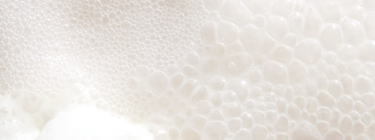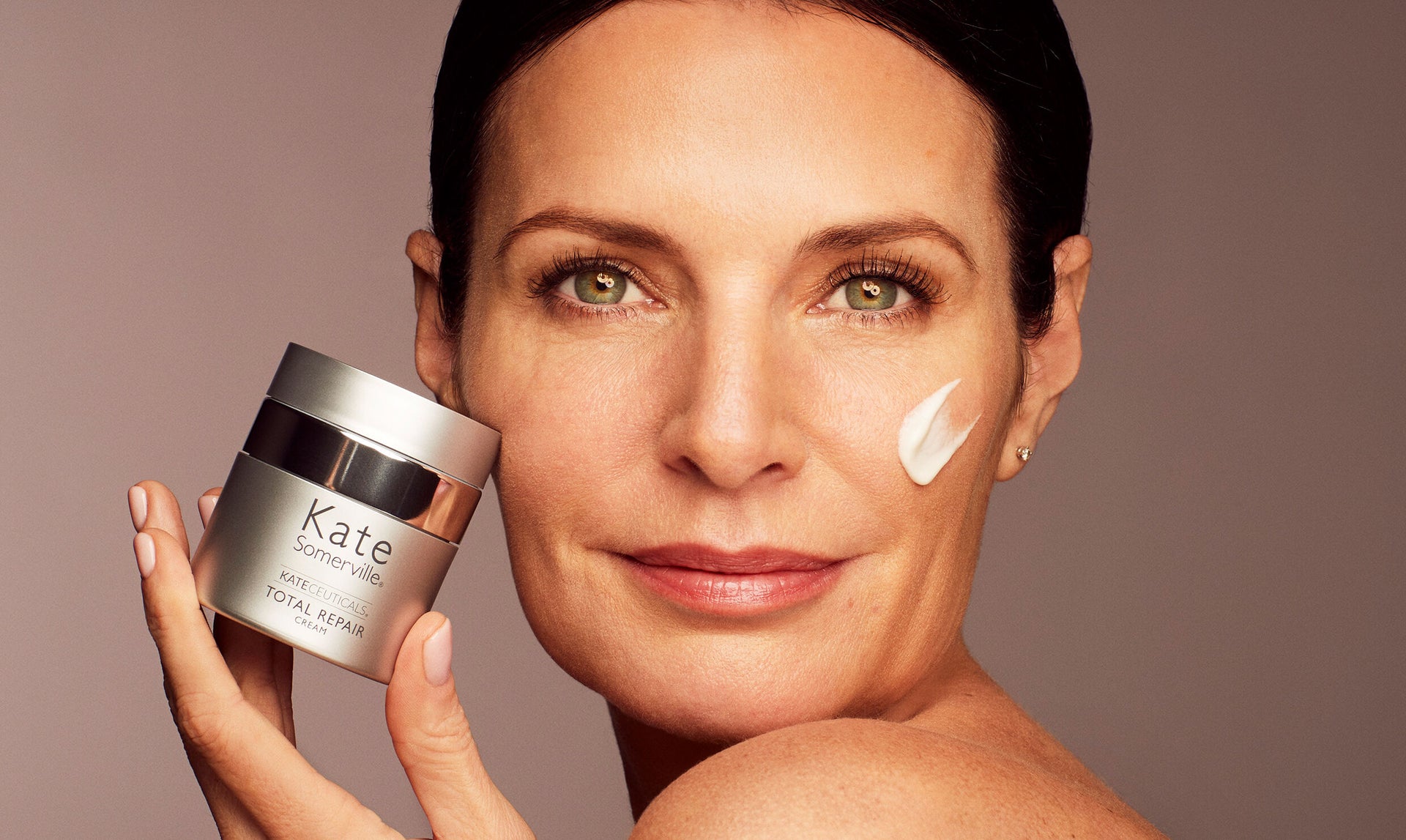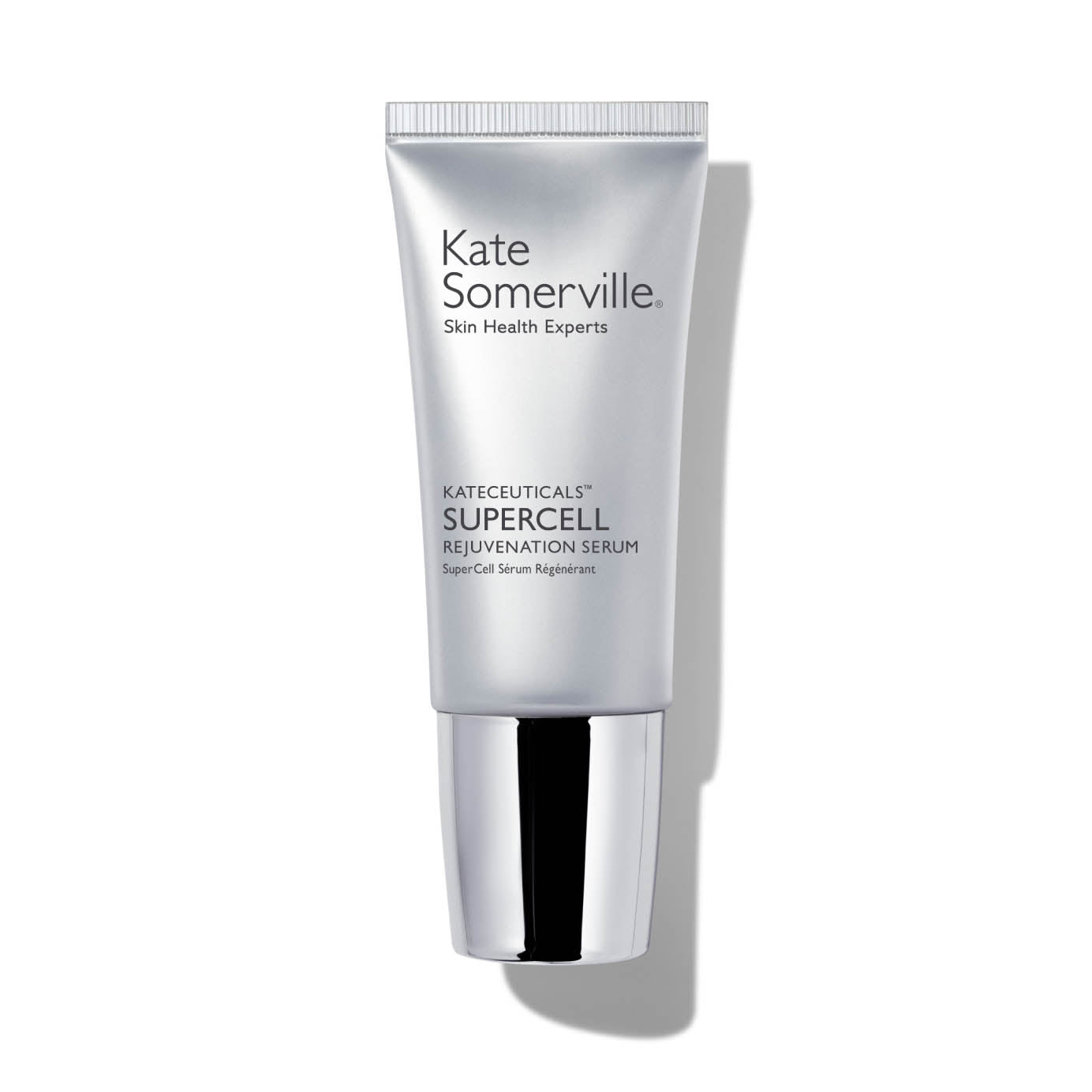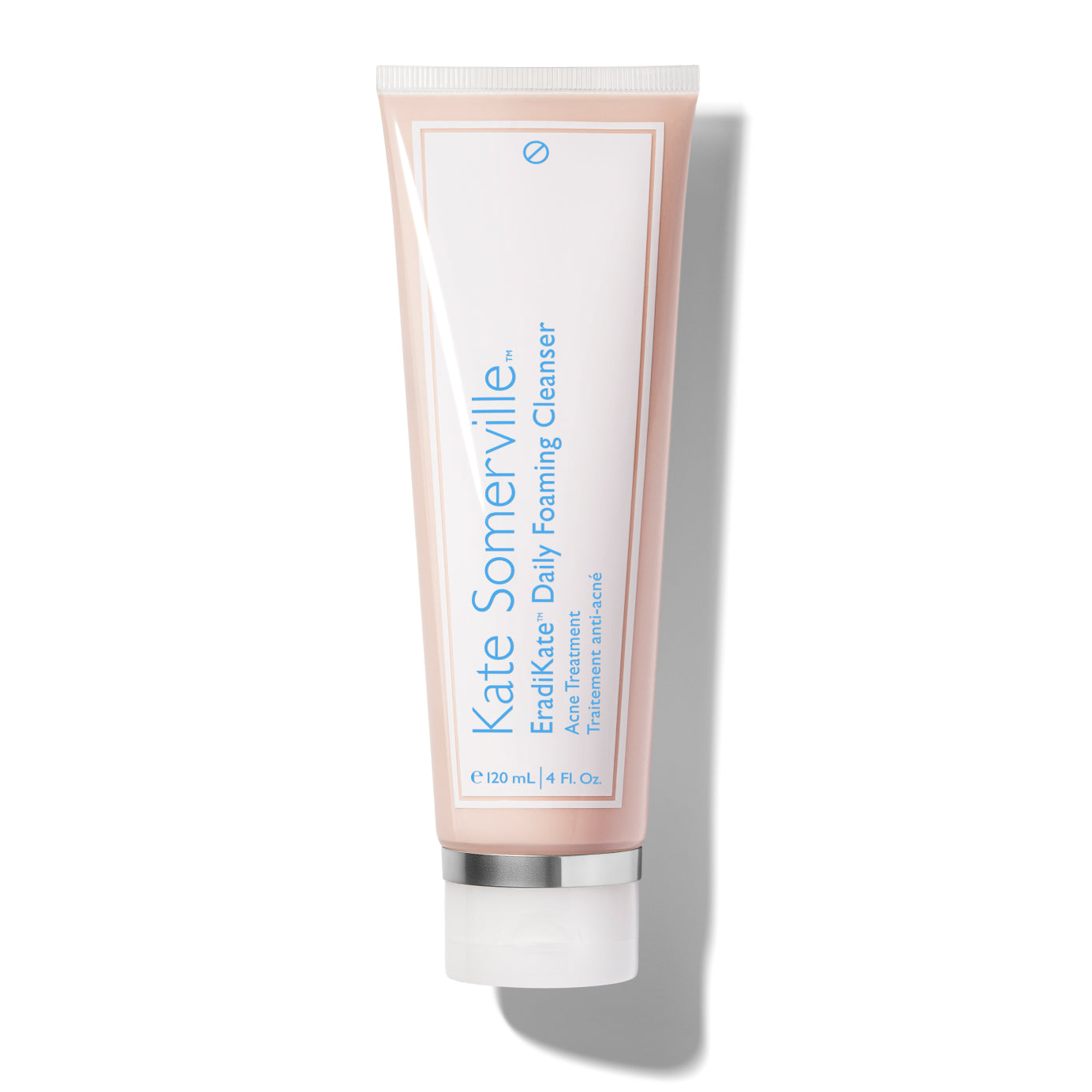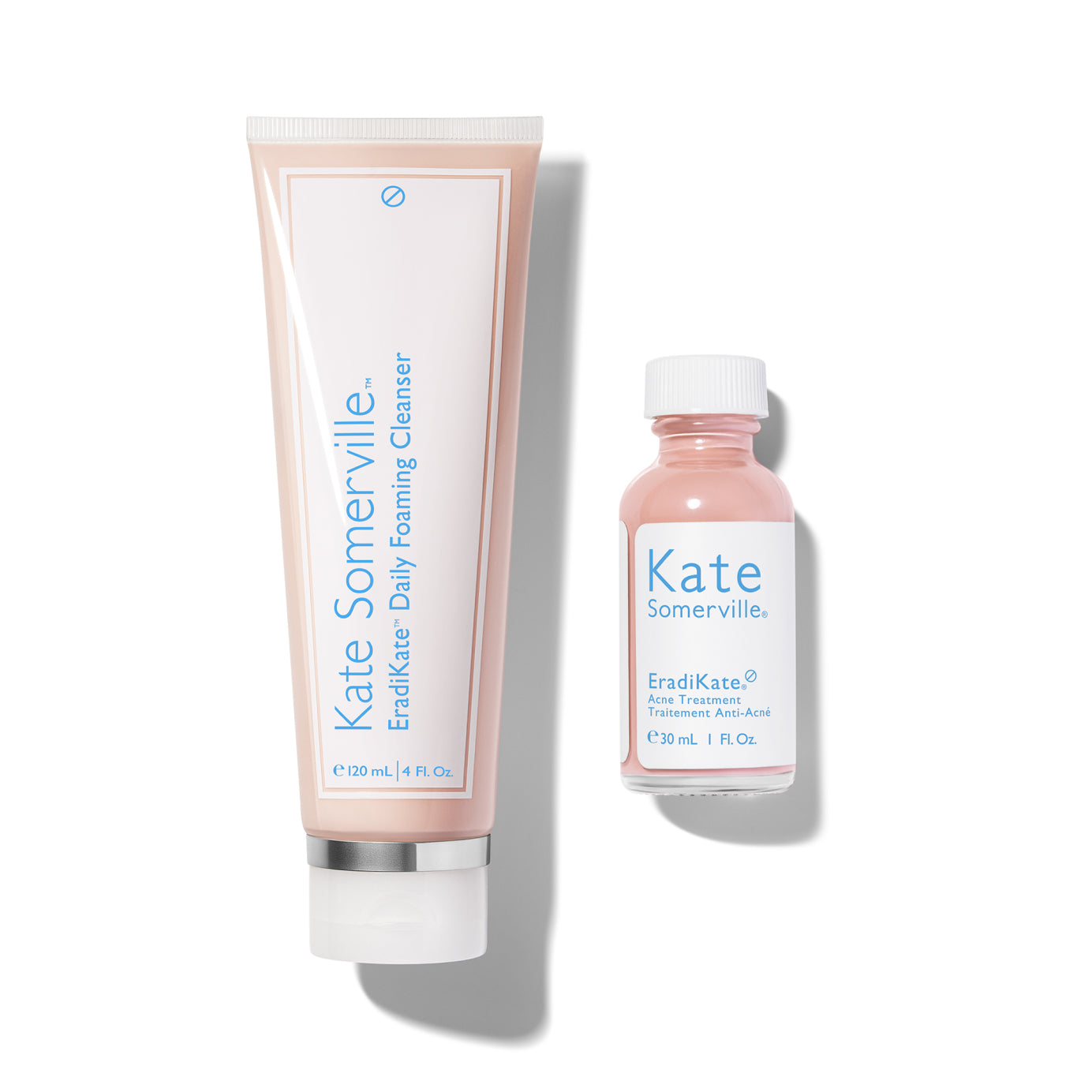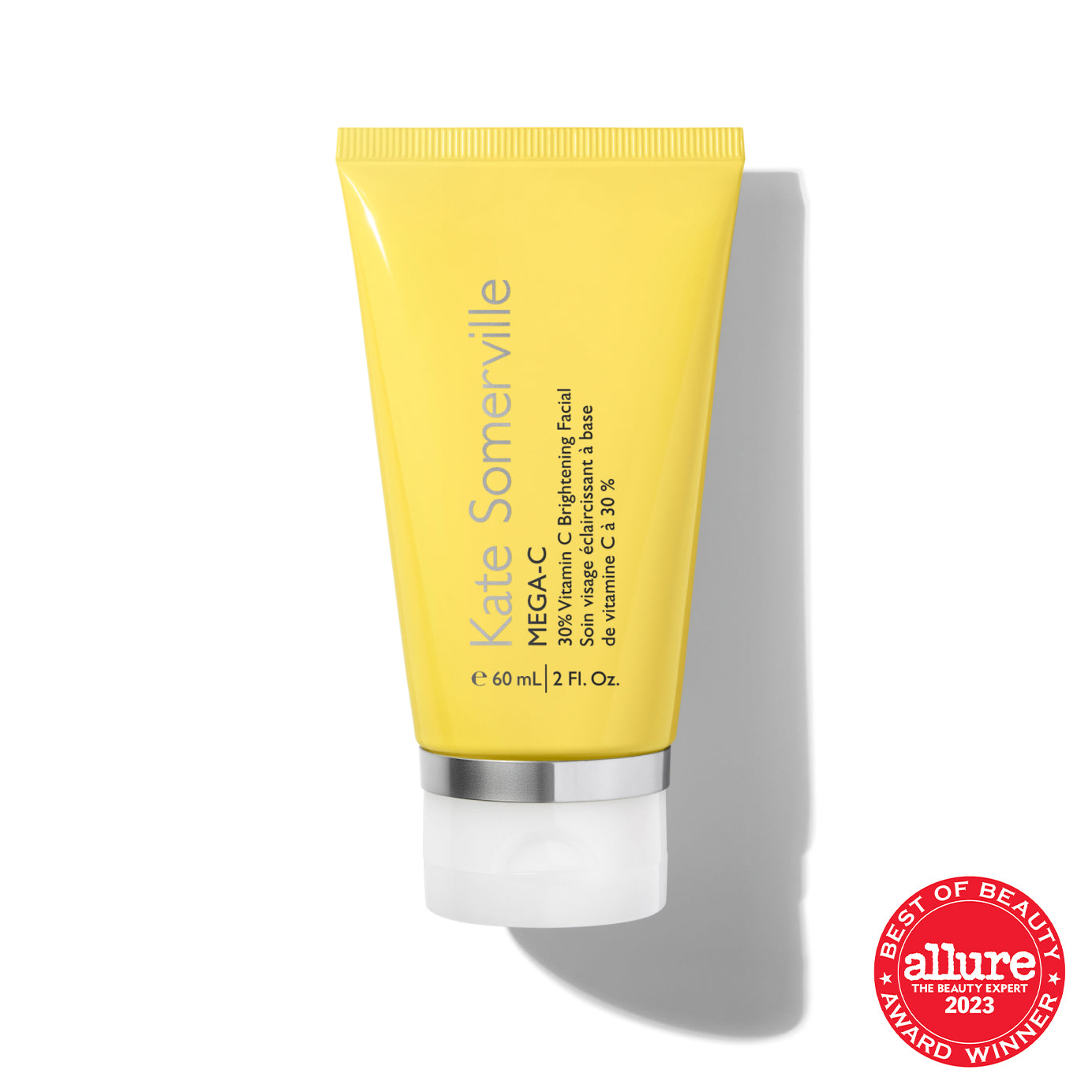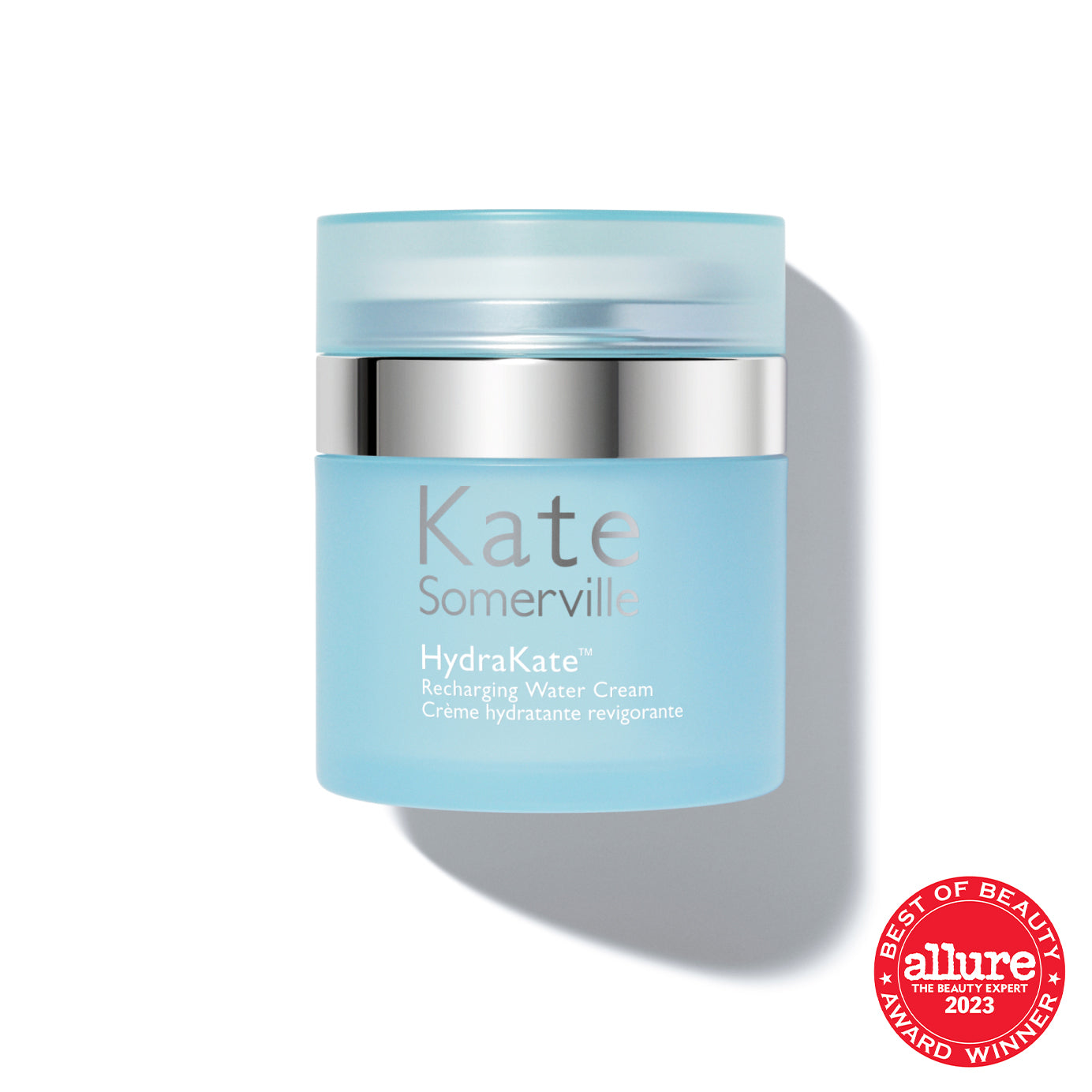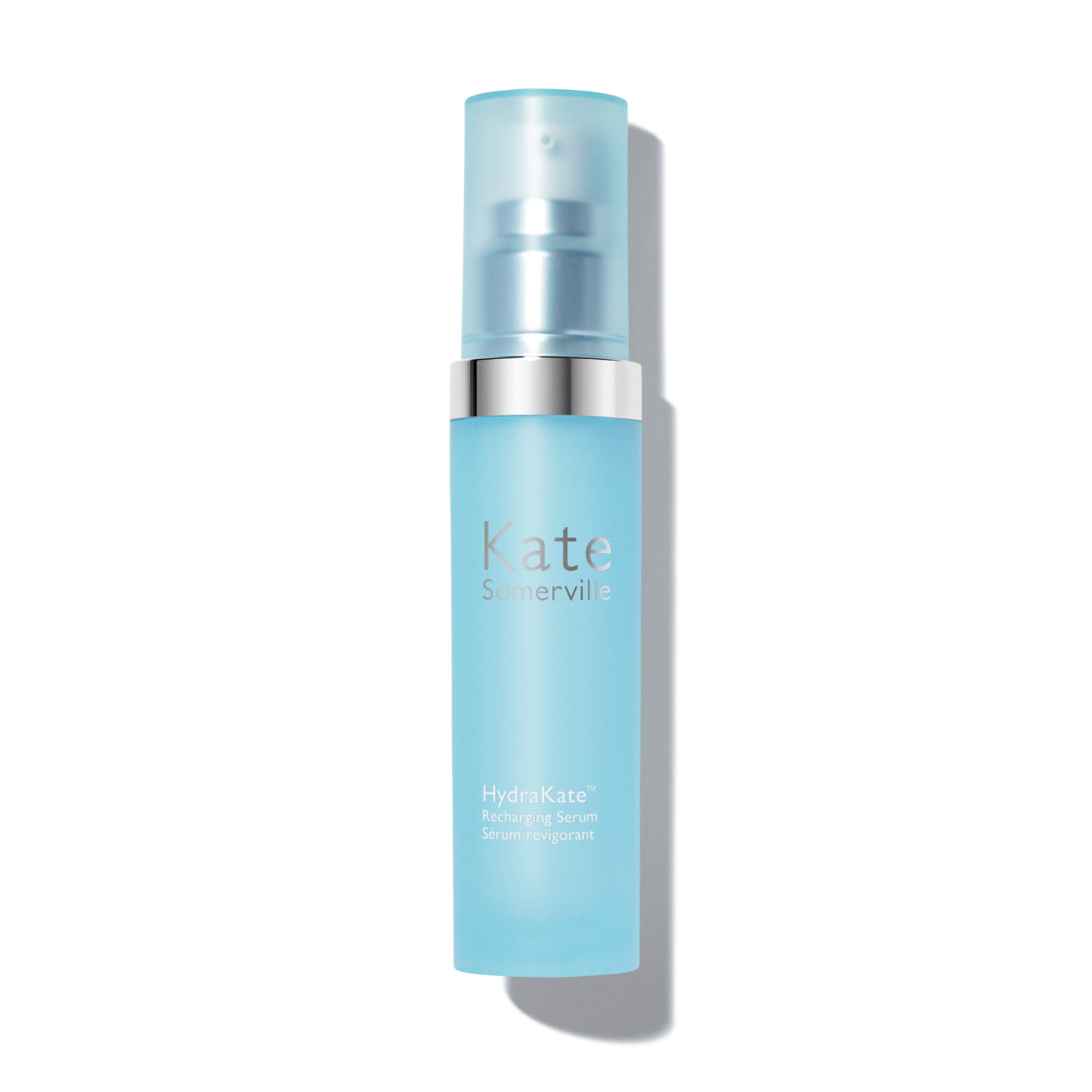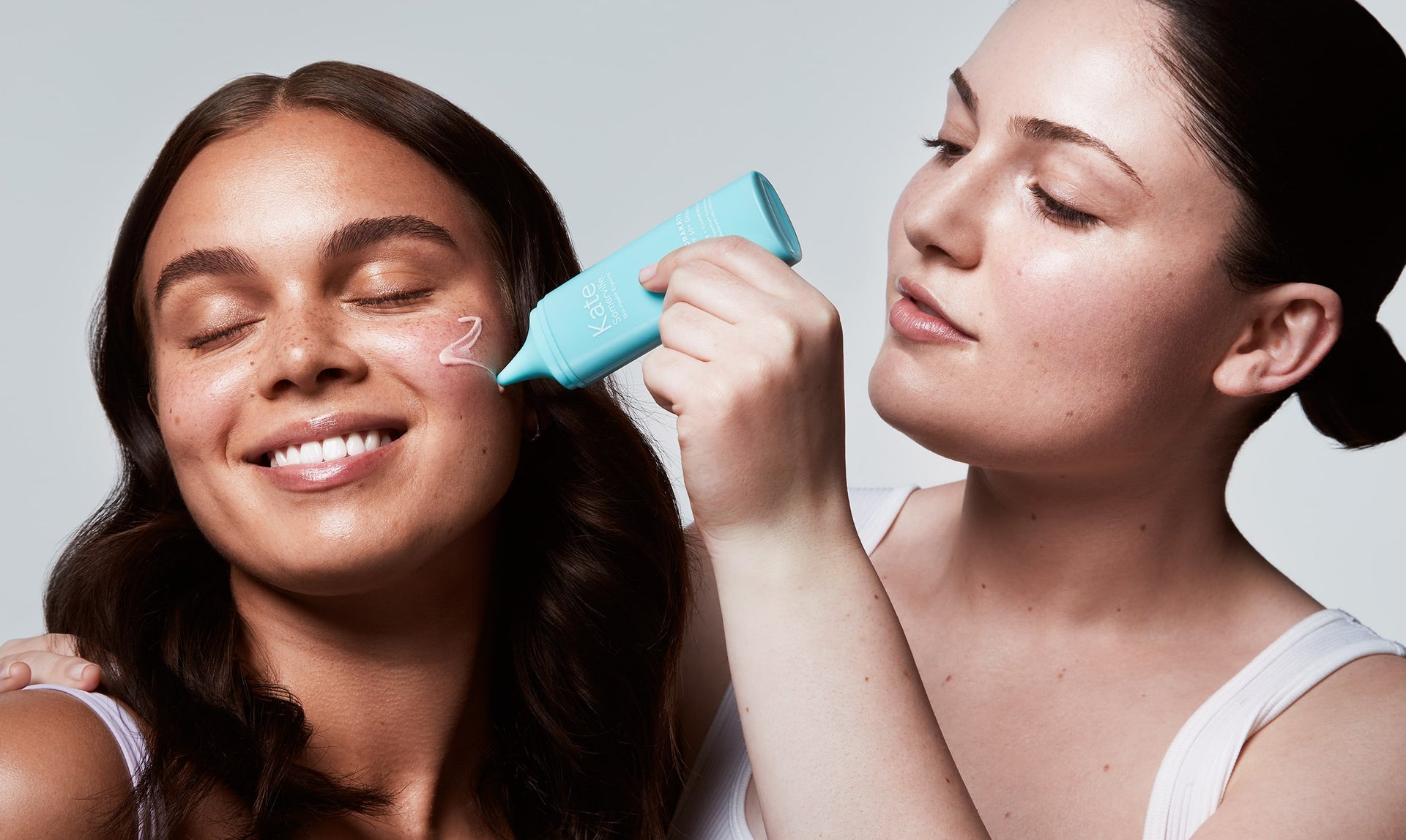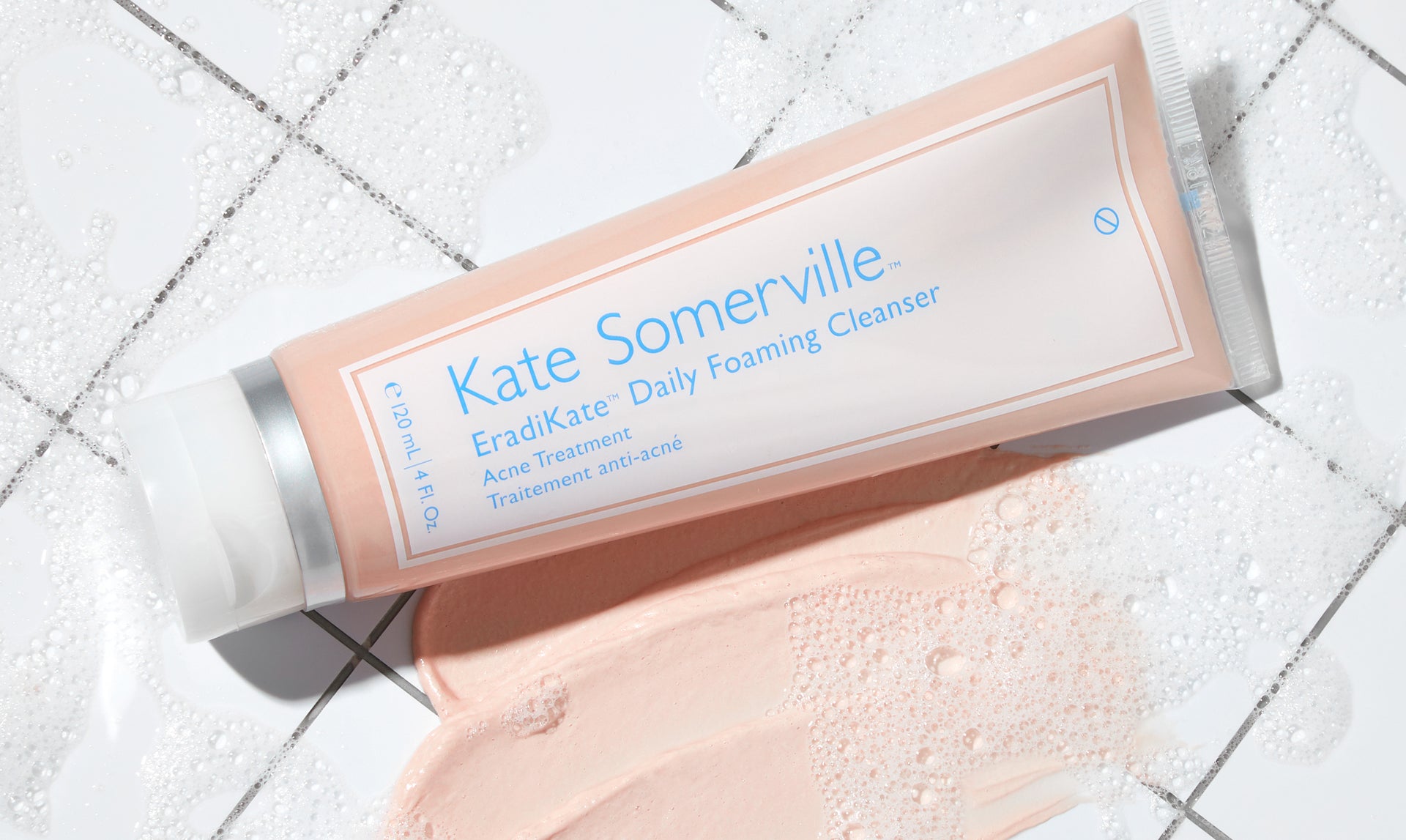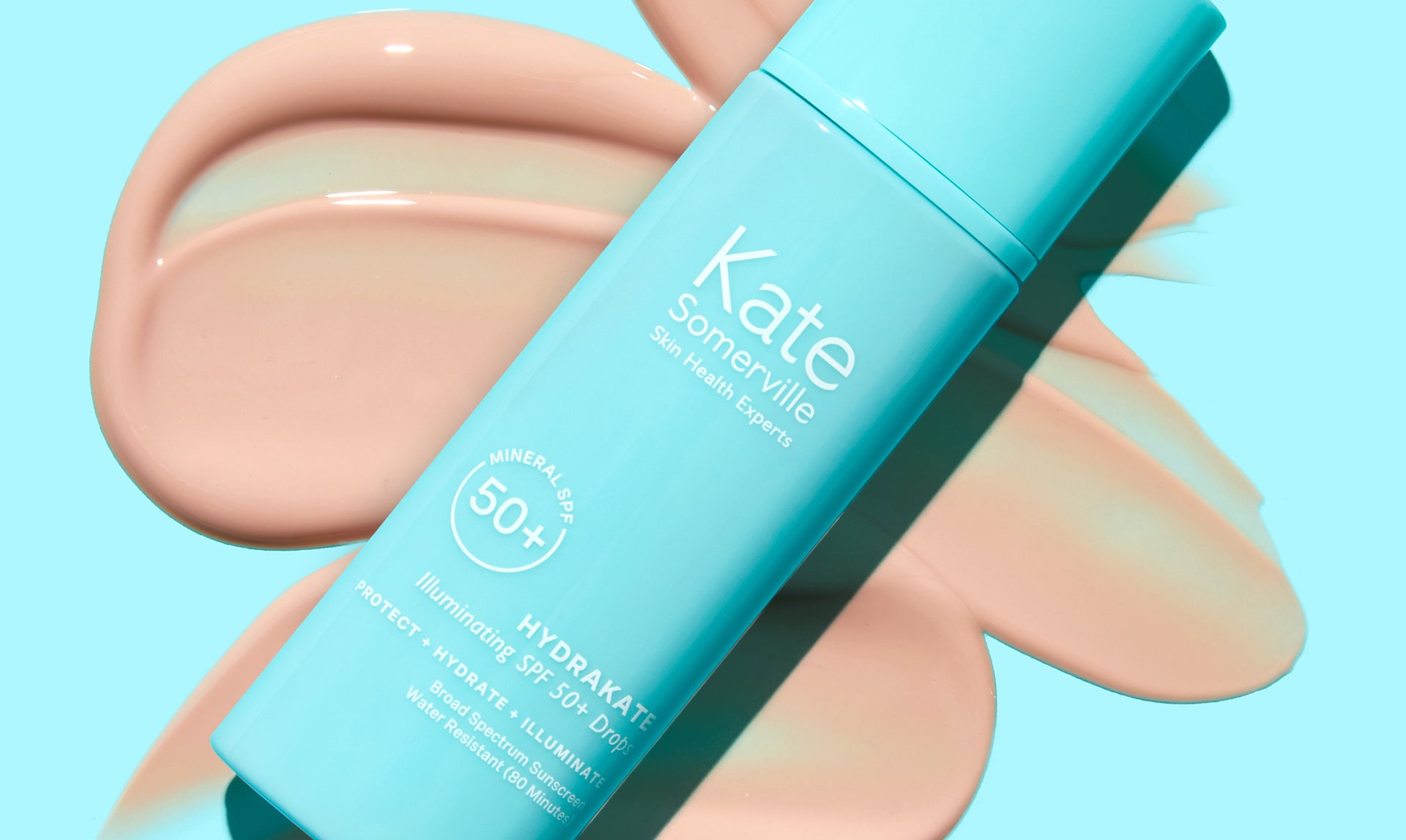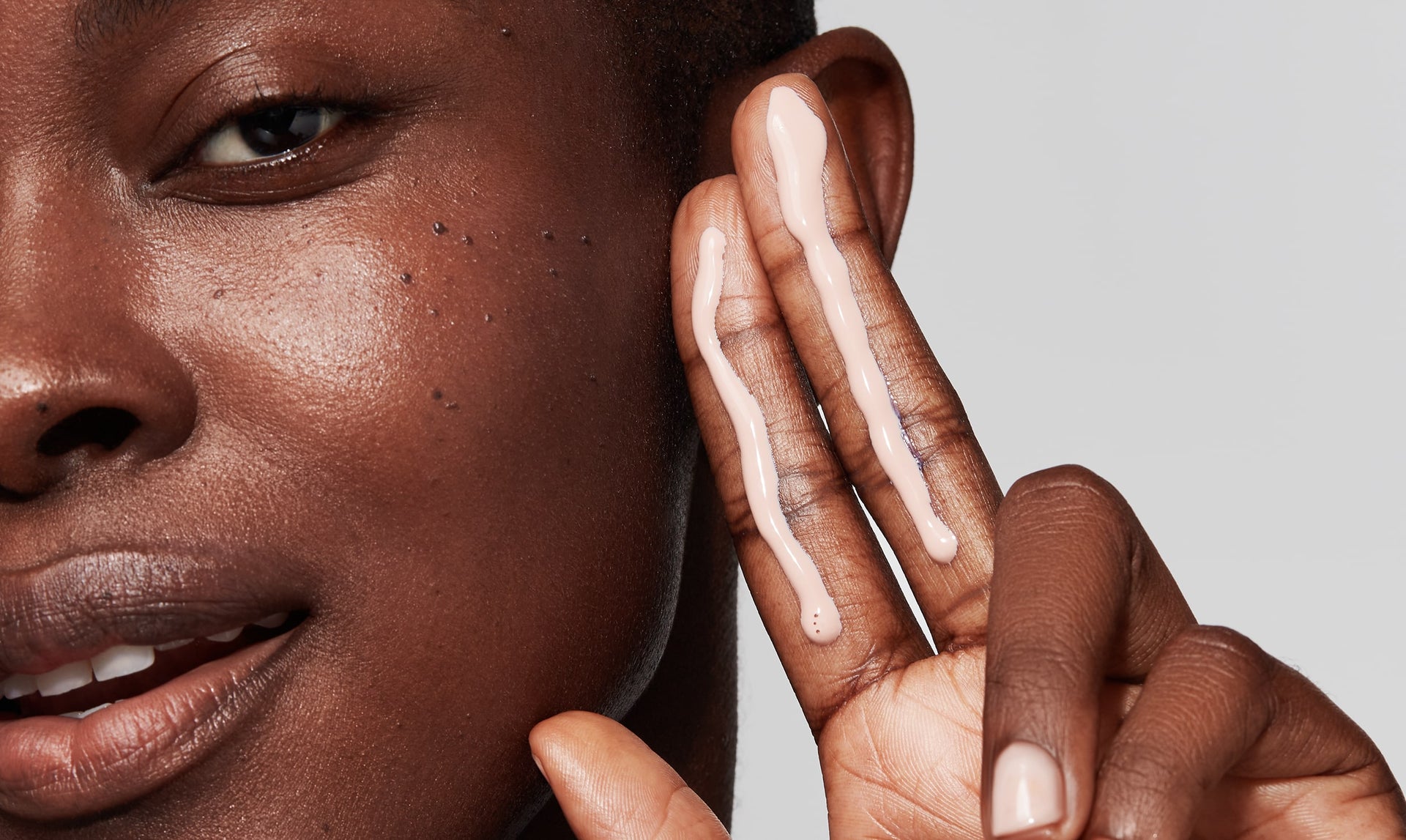What is Elastin and Its Impact on Skin Health
Take a moment to imagine the many shapes your face makes throughout the day—furrowing your brows as you read through the daily news, scrunching your lips for a kiss, squinting your eyes as you laugh during a sun-soaked brunch.
Your face creates a whole range of dynamic expressions for every moment of the day. That’s largely because elastin, an essential protein found in skin, cartilage, and connective tissues, allows skin and ligaments to stretch and snap back into shape.
This guide will tell you everything you need to know about elastin and how it can help keep skin strong, flexible, smooth, and healthy. You may not be able to escape fine lines and wrinkles, but you can learn to delay them.
Elastin 101
What exactly is elastin? The answer is in its name. Elastin is a protein that aids in skin’s elasticity and connective tissues. It often works with collagen, another supportive protein, to give skin its texture and shape, but it’s much more flexible than collagen—as much as 1000x more.[1]
When kept in prime condition , elastin fibers allow certain tissues to flex back into shape after they move. We call this skin elasticity. The fibers are like small coils or springs. As you move, they unwind and rewind to stretch and restore tissue to its normal state.
Where Is Elastin Found In Your Body?
Elastin is naturally produced in the tissues of your body, including:[2
- Dermis, the middle layer of your skin
- Lungs and blood vessels
- Tendons and ligaments
- Bladder wall
Some of these tissues, such as the bladder wall, contain small amounts of elastin. Others, like your skin, contain more to stay supple.
How Does Elastin Contribute to Skin Health?
Elasticity is considered a measure of healthy skin.[3] Since elastin directly impacts your skin’s elasticity, it’s a component of skin suppleness. Strong elastin fibers in skin may help to:
- Reduce wrinkles, sagging
- Promote wound and scar healing
- Smooth out skin tone and texture
- Maintain your skin’s structural integrity
Elastin fibers can help snap skin back into shape, leaving it looking refreshed and healthy.
How To Improve Elastin Production
Your body’s elastin production remains high until you reach puberty. After puberty, the production drops sharply, fizzling out almost entirely once you reach middle age.[4] However, you can do several things to maintain your skin’s elasticity, including:
- Eat a healthy diet – Eating a diet filled with healthy proteins and antioxidant-rich fruits and veggies can help support the growth of elastin as you age. It can also protect your body from losing the elastin it has.
- Wear sun protection at all times – The sun is one of skin’s biggest enemies. UVA and UVB rays damage elastin fibers, leading to dry, wrinkled, saggy skin. Sun exposure may also lead to skin cancer and worsen skin aging. Applying a broad-spectrum sunscreen (with an SPF of at least 30) each day is a must. You should also avoid extended sun exposure—wear a wide-brimmed hat or even opt for UV-protective clothing on extra-sunny days.
- Avoid cigarettes and alcohol – Nicotine and other chemicals in cigarettes can damage elastin fibers in skin cells. Regular consumption of alcohol may also cause skin to become dry and wrinkled. That’s because alcohol slows down elastin and collagen[4] production, which may deprive skin of its natural glow.
- Exercise regularly – Exercising daily isn’t just good for your cardiovascular health. It can also improve blood flow, leading to higher elastin content levels in those who exercise regularly, compared to those who do not.[5] Exercise may also help you manage stress, which can reduce cortisol levels and help preserve collagen and elastin fibers in the skin.
While you can’t boost elastin levels to match those of your youth, you can protect the elastin you have with a healthy lifestyle.
Restore Your Natural Glow with Kate Somerville
Elastin is a key component of healthy, younger-looking skin. While your body’s elastin production trails off as you age, a healthy lifestyle may help care for your body’s existing elastin fibers and keep skin supple.
Each Kate Somerville skincare product is designed to transform skin from the inside out. KateCeuticals™ Total Repair Cream combines squalene, hyaluronic acid, vitamin E, and plant-based oils to moisturize, firm, and revive skin. It’s packed in a convenient form of an elastin cream. And our KateCeuticals™ collection features a variety of firming creams, peels, and serums to take your skincare routine to the next level.
Shop Kate Somerville and get glowing.
Sources:
ScienceDirect. Elastin. https://www.sciencedirect.com/topics/medicine-and-dentistry/elastin
Aesthetic Surgery Journal. Clinical Relevance of Elastin in the Structure and Function of Skin. https://www.ncbi.nlm.nih.gov/pmc/articles/PMC8239663/
Biology Open. Training Differently Regulates Elastin Level and Proteolysis in Skeletal and Heart Muscles. https://www.ncbi.nlm.nih.gov/pmc/articles/PMC4874357/
[1] ScienceDirect. Elastin. https://www.sciencedirect.com/topics/medicine-and-dentistry/elastin
[2] ScienceDirect. Elastin. https://www.sciencedirect.com/topics/medicine-and-dentistry/elastin
[3] Aesthetic Surgery Journal. Clinical Relevance of Elastin in the Structure and Function of Skin. https://www.ncbi.nlm.nih.gov/pmc/articles/PMC8239663/
[4]Aesthetic Surgery Journal. Clinical Relevance of Elastin in the Structure and Function of Skin. https://www.ncbi.nlm.nih.gov/pmc/articles/PMC8239663/
[5]Biology Open. Training Differently Regulates Elastin Level and Proteolysis in Skeletal and Heart Muscles. https://www.ncbi.nlm.nih.gov/pmc/articles/PMC4874357/
